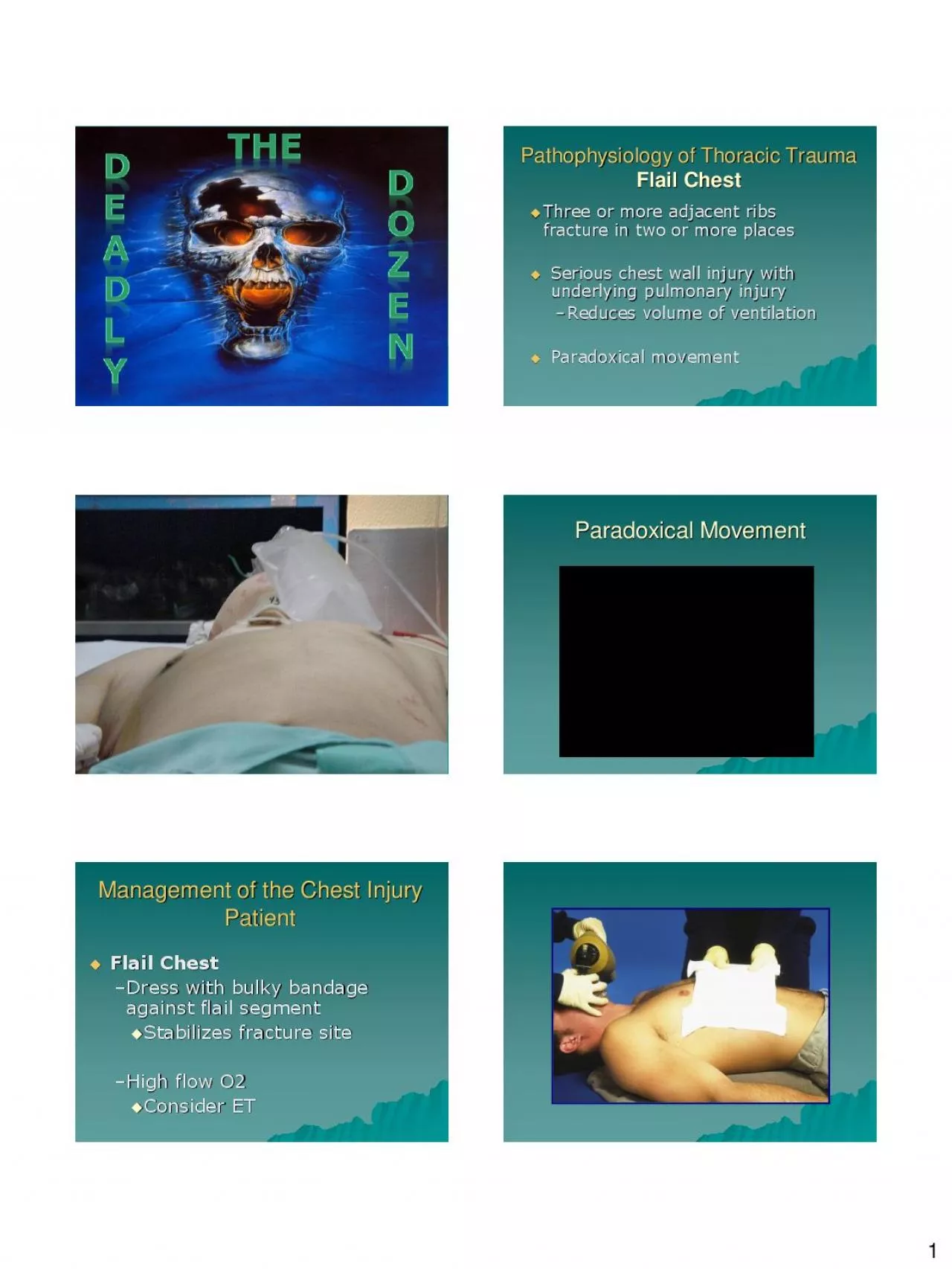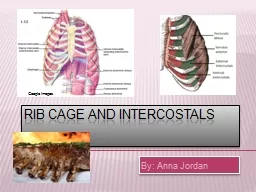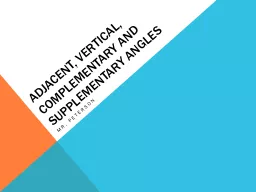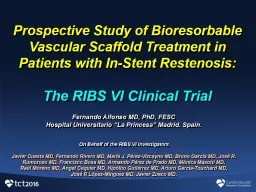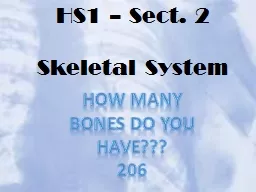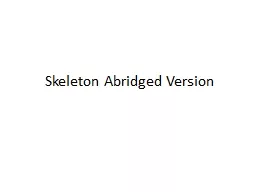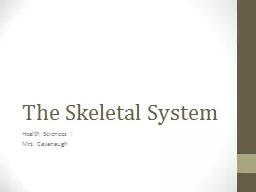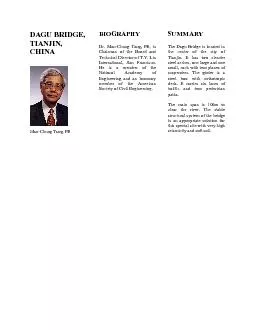PDF-Three or more adjacent ribs
Author : megan | Published Date : 2022-09-22
1 fracture in two or more places Serious chest wall injury with underlying pulmonary injury Reduces volume of ventilation Paradoxical movement Pathophysiology
Presentation Embed Code
Download Presentation
Download Presentation The PPT/PDF document "Three or more adjacent ribs" is the property of its rightful owner. Permission is granted to download and print the materials on this website for personal, non-commercial use only, and to display it on your personal computer provided you do not modify the materials and that you retain all copyright notices contained in the materials. By downloading content from our website, you accept the terms of this agreement.
Three or more adjacent ribs: Transcript
Download Rules Of Document
"Three or more adjacent ribs"The content belongs to its owner. You may download and print it for personal use, without modification, and keep all copyright notices. By downloading, you agree to these terms.
Related Documents

